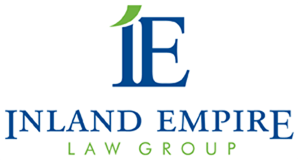Hearsay is defined as: “evidence of a statement that was made other than by a witness while testifying at the hearing and that is offered to prove the truth of the matter stated.” This is called the “hearsay rule.” Hearsay, unless it falls within certain designated exceptions, is excluded from introduction at trial. The reason for this exclusion is because hearsay evidence is less reliable than direct testimony.
If a witness is asked: “Who did Mrs. Smith say caused the accident?” Objection, hearsay! Says the opposing attorney. This would be asking for hearsay, because the witness is being asking for a statement made outside of court and intended to prove the matter stated that a specific person caused the accident. To avoid the hearsay rule, Mrs. Smith could be asked to testify and directly testify to who she saw caused the accident. Because Mrs. Smith directly testifies what she saw, not asking someone else what she said she saw. Also, if a person testifies about statements made out of court, but those statements are not to prove a matter asserted, those statements can come into evidence.
There are many exceptions to the hearsay rule which allow the introduction of evidence not otherwise allowed due to this rule. Some of these exceptions include:
1 - If a party to the lawsuit makes a statement out of court and someone testifies to what he/she said, this is an exception to the hearsay rule.
2 - If the out of court statement is consistent or inconsistent with the witness’ statement in court.
3 - A statement made by a dying person concerning the cause or circumstances of the death.
4 - Certain business records which contain hearsay statements may be admitted with proper authentication.
There are actually many exceptions to this rule, but these exceptions are based upon the principal that the statement will lead to the truth.

